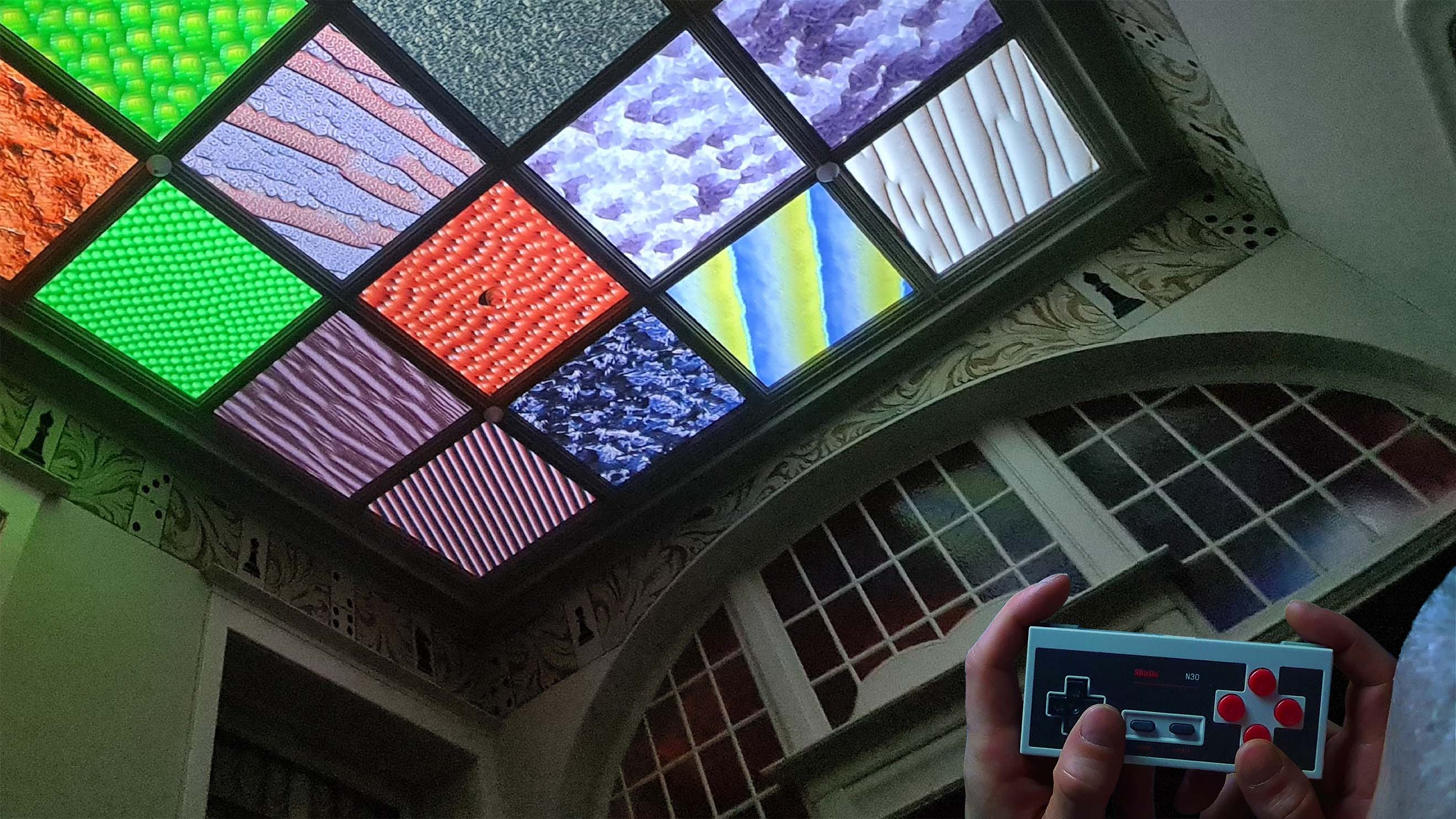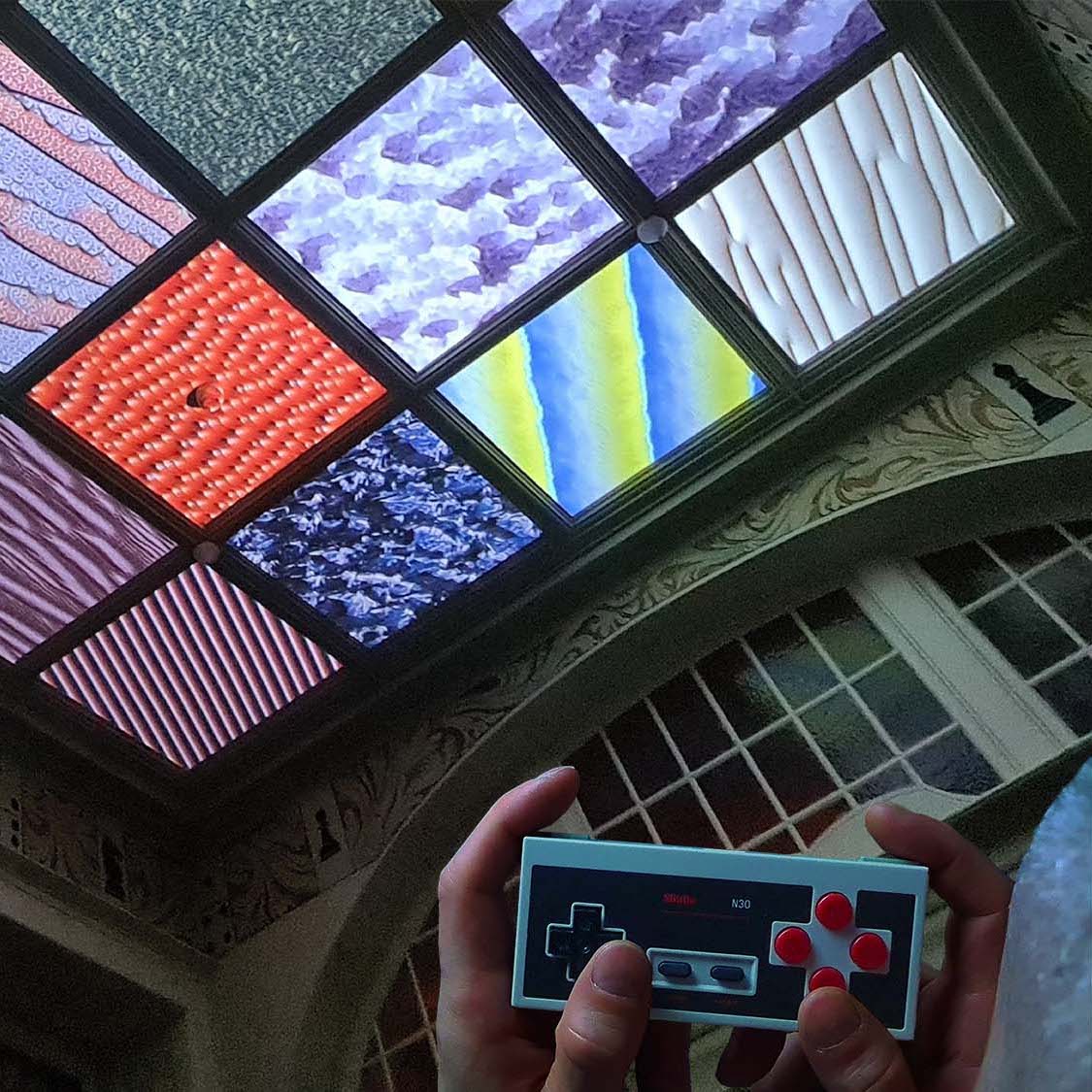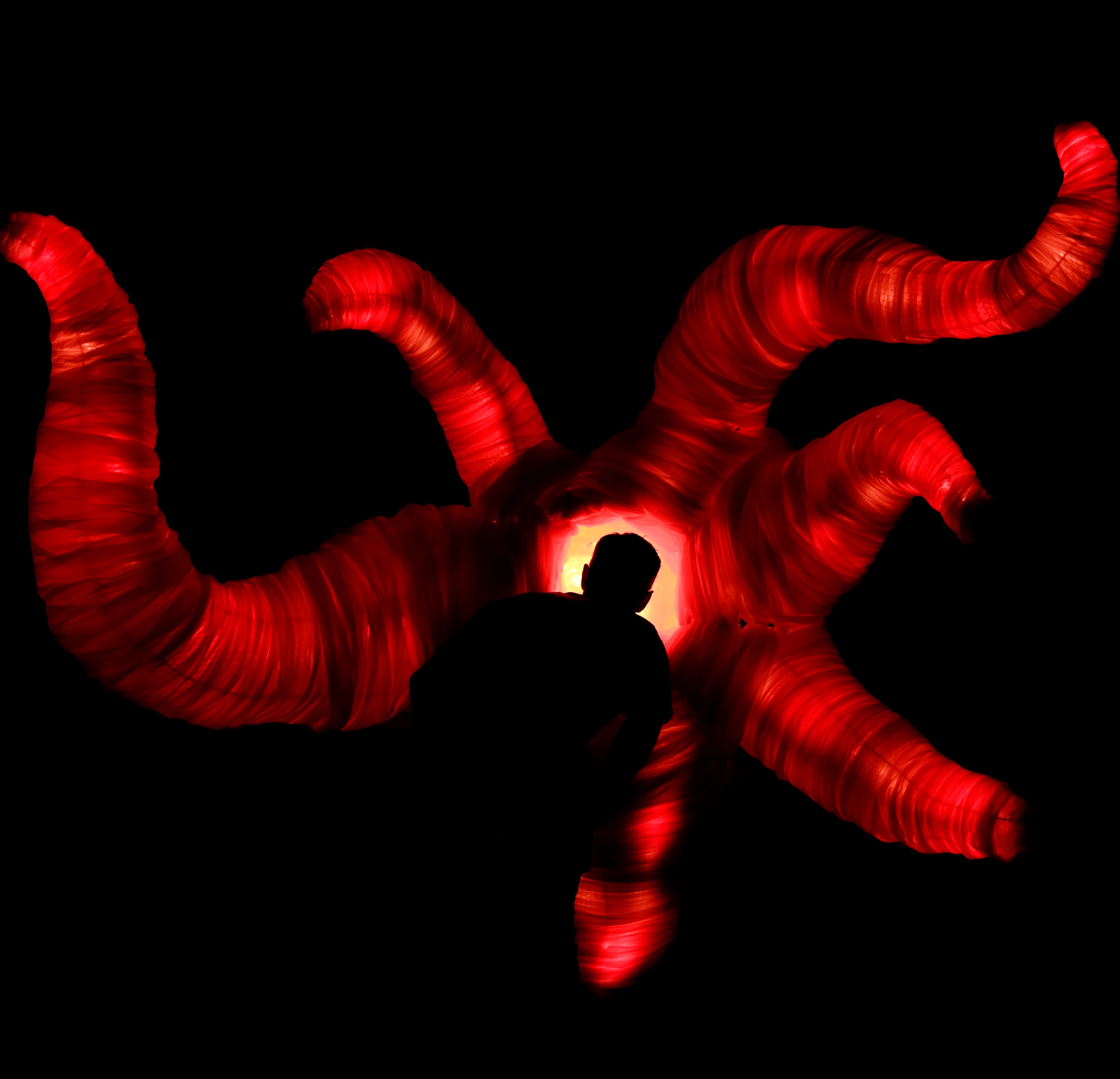Andreas Peter Steiner
MSc D-ITET, Dr. med Google Brain | Swiss TPH | ETHZ | UNILAndreas has been working on a bi-directional interface of neural cells with a microchip, computer assisted diagnosis of Tuberculosis, 3D LED visualizations for concerts, and assigning artificial flowers to voice phenotypes. He is currently working at Google Brain, experimenting with neural networks for computer vision.
Andreas holds a double major in medicine and electrical engineering and his curious mind led him to explore projects across different fields, from improving Tuberculosis diagnosis in Tanzanian prisons to designing neuromorphic chips with the department of electrical engineering at ETHZ. Andreas is also a guest lecturer in deep learning, a group leader for Schweizer "Jugend forscht", and a member of the Swiss society for mechatronic arts.
Gabriel Antoine le Roux
MSc Computational Eng Science Meta | Zuse Institut Berlin | TU Berlin | UCTGabriel is currently working with AR/VR Prototypes. Previously he was involved in the development of the Camera Facialis 3D Portrait Studio, where he developed stereographic camera systems and dynamic 3D facial models for facial expression analysis.
His robotics achievements and installations: The Mimik Explorer , an interactive psychological research tool, showcased at the Martin-Gropius-Bau (Berlin), the Deutsches Hygiene-Museum (Dresden), and the Vögele Kulturzentrum (Pfäffikon). He won the first Amazon Picking Challenge with team RBO in 2015. The Hauptbahnhof at Afrikaburn in 2017. The Mother Plant at Waking Life in 2018.
Roland Guido Widmer
Sound Designer, Musician, DJ, Music Editor Zentralton | Openbroadcast RadioRoland has been leading his own sound creation company Zentralton GmbH for over 20 years. He works as a Sound Designer and Musician for Cinema and TV Productions. He is also part of an electronic live act called "Die Galoppierende Zuversicht" since 2002.
He's also frequently collaborating with Pipilotti Rist, creating sound and music for her art installations such as the Pixel Forest at Kunsthaus Zürich, the National Museum of Qatar(Doha), New Museum (New York), and a music piece for the AROS Museum Arhus (Denmark). He won the "Werkjahr" Price of the city of Zürich in 2006 and "Best Swiss Live Act" in 2009 for the project "Die Galoppierende Zuversicht".
Florin Emanuel Hasler
BA Social Sciences Opendata.ch | Kino im KocherFlorin is currently leading Opendata.ch, a nonprofit committed to using data in the public interest. After working in foreign policy and political communications, he found his passion in technology-related advocacy and open innovation. He supports the public sector's journey to become more open and advocates for a digital transformation that benefits the many, not the few.
Before becoming Director, he managed Opendata.ch's Prototype Fund, a support program for civic and public interest tech. In his spare time, he co-organizes Kino im Kocher, a free open-air cinema in Bern.



